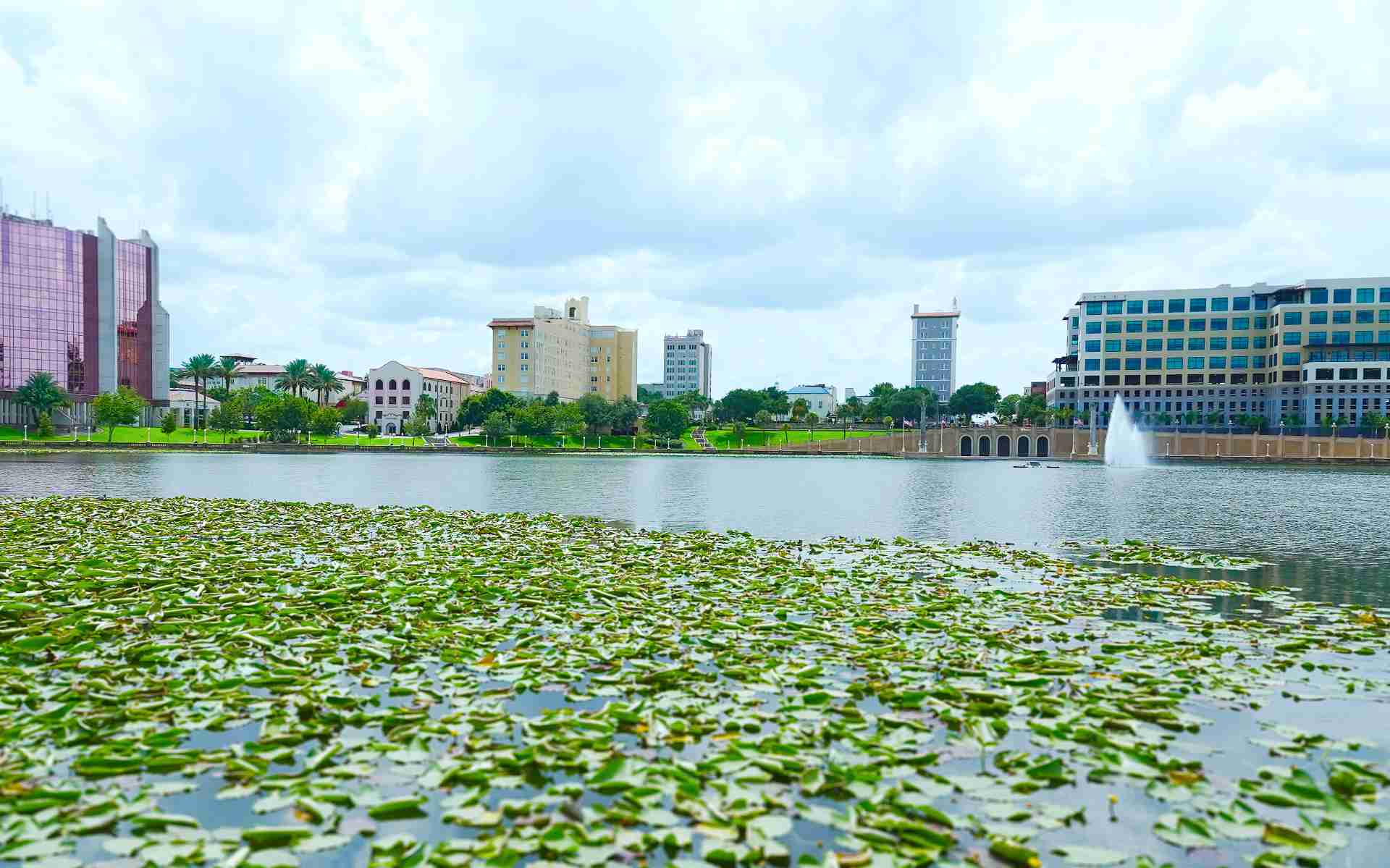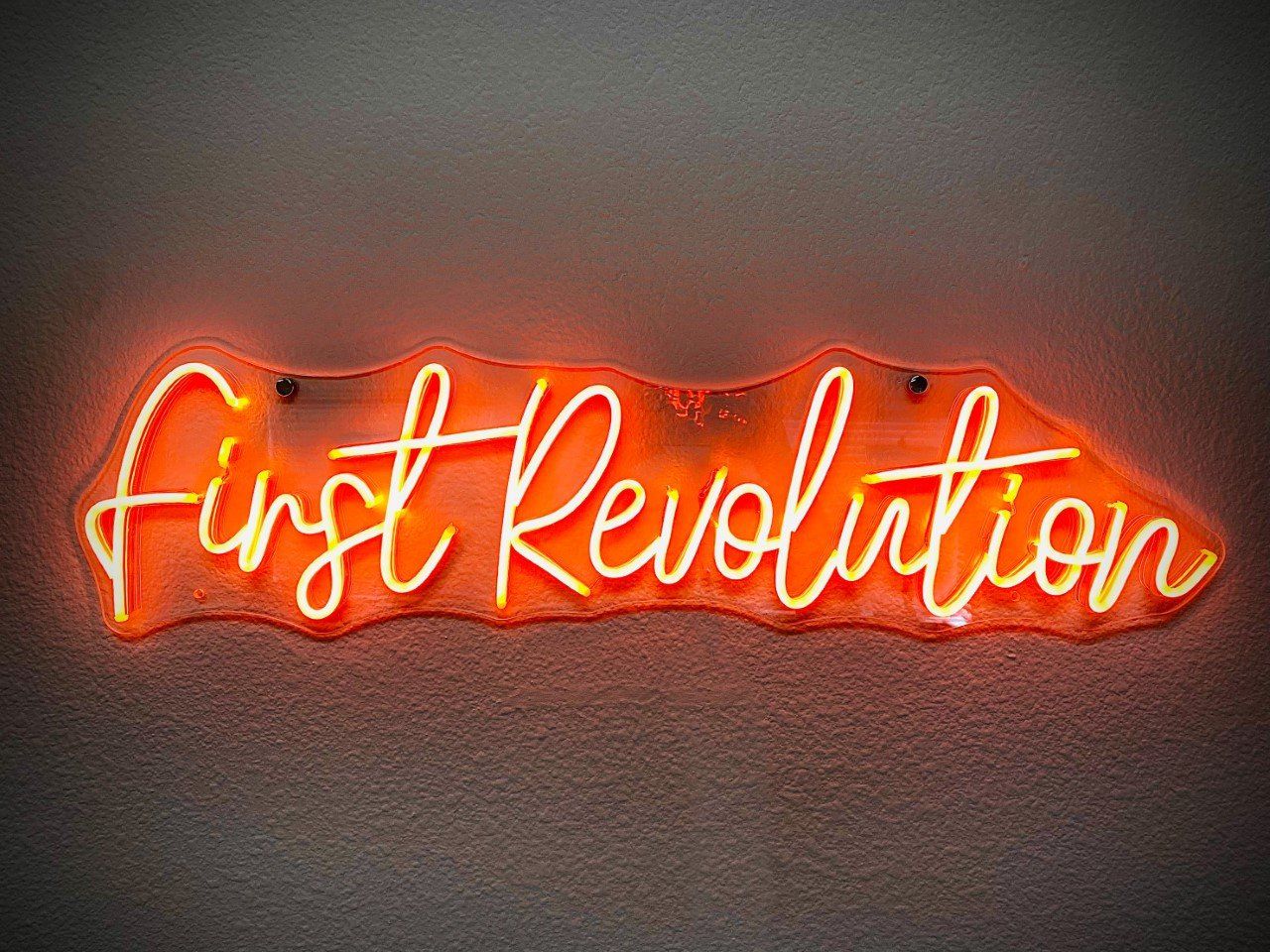Embrace a Mobile-First Mindset
James Jarrett • December 15, 2022
It was easy to understand the disconnect between content producers and the growing mobile consumer market back in 2012. Who knew this mobile thing would have legs? But why is this still happening today? Mobile audiences are clearly not a fad. Smartphones sold 1.4 billion units, over 4 times as many units, as desktops computers (including laptops) in 2021 (Gartner, 2022).
Part of the lack of change can be attributed to the inertia of old processes and techniques, also known as “this is the way we have always done things.” The people who create systems use desktops, the people who create content use desktops, the people who approve content use desktops… The opportunity to be seized is to recognize that the consumers we are trying to serve today do not use desktops… they are using mobile devices.
Why change? Friction is bad for business. Making things harder for your customer because it is easier for you leaves a gap that can be exploited by new competitors. Bringing a mobile-first mindset to your business provides an opportunity to rethink the business processes that go into crafting a great user experience. For example, does having a half dozen different ways to pay at checkout make for smoother customer experience or would supporting the native on-device wallet instead lead to better outcomes? Eliminating boutique credit card data storage would significantly reduce your PCI compliance burden and lessen your data breach exposure. You can’t lose data to hackers if you don’t have it sitting on your servers. As you re-tool around mobile technologies look to your analytics to guide your decisions – keep what is working and ruthlessly retire what is not.
Vertical videos are another good example of the inertia of tradition. Framing and movement should be rethought to take advantage of the new aspect ratio and the inherent strengths of the new media. For example, vertical framing provides authentic intimacy that is hard to replicate in a horizontal video, it feels like the person is talking just to you. While many claim the customer is just “holding their phone wrong”, a mobile-first mentality would elevate the needs and convenience of their customers over that of maintaining cinematic tradition.
These are just two examples of embracing a mobile-first mindset. Building solutions for mobile devices is more than just shoveling old practices onto a new screen – it is an opportunity to reevaluate your processes, improve their efficiency, and upgrade your brand experience for the next decade of loyal customers.

The world certainly is full of strife, uncertainty, death, destruction and so much more. However, as a mother of a daughter who is engaged to a pilot in the military it takes on a new dimension of hypervigilance watching the news. What do you do? We start each day knowing that we love our country and honor the men and women who are serving in the military. Serving means so much more these days with costs for these soldiers, sailors, airmen, spacemen and marines hitting them hard with increased housing and food prices as the tip of the iceberg. The stress of constant hurry up and wait as orders change due to the changing world. The stress on their families and their children being away from their loved ones. Yet mission is what this is all about to those serving in the military. The mission to protect this great country. To provide the freedom of speech, the ability to gather, the right to criticize is what drives these men and women to do what they do. So, please stop on Veterans Day and find a way to thank those that have served and those that are serving now. Call a family member that may have served in the past and say they are appreciated. Donate to a veteran’s cause – there are many. Tell that company that has military discount you appreciate them for helping the current military families’ that serve make it. Honor. Dignity. Commitment. Courage. Sacrifice. Just a few attributes that describe active, deceased, and retired military personnel’s service.

I grew up drawing soda cans and cereal boxes – anything that had type on it was an inspiration. Not that I expected to make a living selling renderings of gum wrappers, but still, the challenge of drawing each letter form with great precision – well, (nerd alert), that was my idea of fun. As an art major I took the fundamental courses: Sculpture – not my thing. Ceramics – not my thing. Painting – definitely not my thing. Graphic Design – now THAT was my thing! We painted letters by hand, did exercises making words visually represent their meanings, and formatted hundreds of pages of poems and short stories. I was in heaven. The professor who ran the design center was an Irish hippy. Her laugh was infectious and could be heard throughout the halls. She told crazy stories, loved to have dance parties and could drink her fair share of beer. She had a wealth of knowledge and was a well-respected expert in the field. She had a mystical energy about her that made us as students want to do our best. And then, do even better. She expected us to work hard and excel, and we did. Not because she intimidated or threatened us, but because she respected us. And for that, we respected her. She allowed us to be ourselves and she worked along side us, collaborating and guiding us while letting us grow and become independent and confident in our own skills. We spent most of our free time at the design center because we wanted to be there. We formed a community. We played music. We had midnight chair races down the hall. And, we worked our butts off. This was the environment in which we learned and thrived. I think of how that relates to a lot of work environments I’ve experienced – cubicles, silence, dress codes and uncomfortable shoes, office politics, layers upon layers of management, punching in and punching out, meetings to schedule meetings about scheduling meetings. It doesn’t surprise me that after the pandemic and getting a taste of working from home and the freedom it entails, so many people want a break from that rigidity. I also think about 30 years ago, and being in a workplace where I didn’t want anyone to know I was gay because I feared I would lose my job. The simple Monday morning question of “What did you do this weekend?” would send me spinning into an anxiety attack – how do I craft my answer to change pronouns or avoid them all together? How vague can I be without being obvious? It was exhausting. It was stifling. It was not at all inspiring. When I finally felt safe enough to come out at work, it was absolutely liberating. I began to love my job, the quality of my work improved and I was invested at an entirely different level. I realize that structure in a work place is important, and needed. But I also realize that people are unique and they have different ways of working – there is no one-size-fits-all work environment. The most creative work comes out of cultures where individuals are met where they’re at and are given the freedom to be themselves fully. Where they are nurtured and mentored. Where they feel respected and appreciated. And where they are trusted to do their work in a style that works for them, without being micromanaged. When it comes to design, my philosophy has always been: less is more, keep it simple and clean don’t add a flourish just for the sake of filling the page attention to detail is key white space is effective and needed I believe those same principles can be applied to work culture: don’t over-complicate the process rules just for the sake of having them are not helpful sometimes it’s the little things that matter most people need room to grow and the freedom to be who they are Because our differences make us stronger, and at the end of the day, if we’re doing great work, does it really matter if we’re wearing dress shoes or flip flops? Tammy Collins-Sammons Chief Design Officer

“The Great Resignation,” “The Great Attrition,” “The Great Rethink” – our country and the entire world economy is wrestling to come to grips with the rapidly changing labor market and the seemingly unending labor shortage. At first, many analysts and commentators served up the quick-and-easy explanation: it’s the pandemic. Uprooting lives, forcing furloughs and early retirements, turning our lives and culture of normalcy upside down – the pandemic was the clear and evident reason for the overwhelming wave of resignations that created our current labor shortage. Clearly the pandemic’s fault…right? And yet, even as the looming shadows of inflation and war stretch across our world, this “Great Resignation” shows no signs at all of slowing down. In fact, it seems more like gas is being poured on the fire! In our country, the rate of workers leaving their jobs has remained steady at a hefty 4+ million resignations a month so far this year, easily keeping pace with last year’s pandemic fueled numbers and continuing to dwarf pre-pandemic averages. Friends, this isn’t simply a ‘pandemic’ problem. We are facing the surfacing trauma from decades of a broken and lifeless workplace culture all across our country. According to recent reports from Microsoft and McKinsey and Co., over 40% of workers are considering stepping away from their jobs in the next 3 to 6 months….despite skyrocketing inflation and an economic slowdown. The pandemic may have finally brought things to a head, but the issue and labor shortage is real, ongoing, and it’s not going anywhere until the underlying brokenness is addressed. Employers and their HR departments have been scrambling to find quick answers to attract employees and to make them ‘stick’. The current labor market has turned positions into revolving doors, with employees entering and then jumping ship for new and better opportunities soon afterwards – that is, if they even show up to their first day at a new employer at all. As the McKinsey report frames the problem: “Employers continue to rely on traditional levers to attract and retain people, including compensation, titles, and advancement opportunities…However, the COVID-19 pandemic has led more and more people to reevaluate what they want from a job—and from life—which is creating a large pool of active and potential workers who are shunning the traditionalist path.” Ultimately, we are facing a culture problem, not simply a pay, benefits, or vacation days problem. For far too long, employers have treated their employees as just that – employees and worker bees instead of people enmeshed in lives, relationships, communities. To create attractive and thriving workplaces, the sort of environments that attract and retain employees, employers have to transform their culture and put community back at the center of their workplaces. People are searching for far more than better pay and fancier titles. People are searching for meaning, for purpose, and for the freedom to nurture and care for themselves and their families – all so they can thrive and flourish as people and as employees! Employers need to begin creating such environments by reframing how they view their employees, treating them as people they are in a relationship with rather than as expendable machines paid solely to produce “x” amount of product or experience each day. The wild truth is, if we begin to put community at the heart of our workplaces, then our companies and our employees will thrive together! People are searching for workplaces that step into relationships with them and create a culture of shared purpose, mutual support, growth and flexibility (because most of life – sick pets, young children who need more attention, depression, and family caretaking – isn’t something that we can schedule with an 8 to 5 rigidity). Employees want the space and option to just “get the job done” when other things are drawing on their emotional energy, as well as the knowledge that they will be supported in their pursuit to grow and engage in career advancing skills when they have the time and energy to give work their all. If employers are willing to cultivate a community culture, wherein employees are able and encouraged to build mutual relationships with one another and their supervisors, then just maybe recruiting new employees and making positions “sticky” will become a real possibility. Valuing community in the workplace by creating an environment of support, respect and care will also pay dividends outside of the workplace as well! Making community the heart of the modern workplace will have a ripple effect, building healthier lives for employees and thus creating healthier local communities. Businesses can benefit themselves and the local communities that they are grounded in by valuing their employees and building relational teamwork, flexibility to care for self and family, and opportunities for growth and advancement into their workplace cultures. Shaping the workplace around the values of relational community has the potential to transform our wildly unbalanced labor market while simultaneously renewing our local communities by pouring life and energy back into individuals and their families. First Revolution Marketing is putting the “relations” back in HR in an effort to transform the modern workplace toward a flourishing future for our people, our community, and our business. We hope that others follow suit! Dr. Anthony Purcell Chaplain

Done. Enough. Let’s get to the real point. I started a small marketing firm because after four decades of working internationally, I did it. The open sign is on. The real point? July’s U.S. job market added 528,000 jobs. Payrolls in the first half of 2022 grew faster than during any other post-World War II period with the starts of a recession. Then you see CEOs fighting on bring em all back to the office. No, you, shouldn’t. Yes, you should. Enough. Productive people want to work. BUT they are tired of the harangue of being told what to do. The work rules that are constant. Workers just want to be trusted to get their job done, the best way they can, when they can. Impossible? I say no. I believe strongly that people know what needs to be done and they do it. I work in a creative field, and I loved the organized brainstorms (big sigh of sarcasm). You are all sitting in a room, and you were supposed to turn it on. Remember all the squishy balls that if you just squeezed them, they have magical powers to create the next brilliant product/idea/campaign. That’s not where all big ideas are born, however. Creativity comes on a walk. Pushing your child on a swing. Throwing a ball to your dog. Or, yes, in the shower (without a phone to bother you). So, why not create a workspace like this? With purpose, with here is the goal, with committed team members who believe in the purpose and want to get it done and done right and DONE fast so they can live their lives. I’ve sat around the C-suite table for many years. I’ve learned so much. I respect almost every person that sat around that table. But the few that I had problems with thought that rules, “work rules” and more of them, were the answer. The arrogance of we are the only game in town everyone will flock to us with thousands of applications. We have a brand that everyone wants to work for, or you know -- fill in the blank. At those moments I felt sad. Really sad. It's about purpose. People want to make a difference. People want to do great work intrinsically. Yet they want to do other things as well. Make their communities just a little bit better. Be there for important family events. Have time to let down with family, friends, neighbors. So, why not. Why not start a business where we don’t have rigid work hours. No rules on what to wear. No rules on when you “have” to come in. We’ve turned it to just do good. Great work the way you need to do great work. I like to say life is about passion. What’s mine when it comes to the purpose of work – changing the world. Yes, I wouldn’t have lived much of my adult life on a plane traveling to every corner of the world to do business, if I didn’t have thoughts on how to change the world. PLUS, seeing college grads still experiencing that same thing my friends and I did 30 years ago. College grads STILL have a tough time finding that first job. Even in this job market when workers are desperately needed. (More on that later. WARNING: I’m not done on this point.) So, yup, I did it. The open sign is on. I started a business with masters of the craft that don’t want to be driven by rules. Then add in college grads who need real experience working with masters of the craft and you’ve got First Revolution Marketing. We have a purpose; great work and a culture of trust. Kelly Semrau Founder
